
People are used to associating the word "parasites" with common worms common in the human colon. But their location can be so varied that the patient does not even know about the presence of subcutaneous parasites for several years. Yes, uninvited guests can comfortably sit under a person's skin, and their size can rarely be called microscopic.
Types of parasites and their symptoms
Does your body itch? Purulent acne on the face? Sometimes cloudiness in the eye? These are all subcutaneous parasites that move quickly in the body and can affect internal organs. Such movement occurs independently or with blood flow. The patient may not know about such a "phenomenon" for many years until a worm is under the layer of the epidermis and "greets" it.

In order to frighten the reader even more, it is necessary to provide characteristics of the possible varieties of parasites, the habitat of which is located only under the skin.
Filariasis
If you go to tropical countries, be prepared to fight insects, which by biting them can not only cause trouble in the form of itching or pain, but also infect you with parasites such as nematodes - filariasis. The danger of the disease lies in the long incubation period - about 5-7 years. During all this time, the parasites will multiply in the human body without transmitting any symptoms.
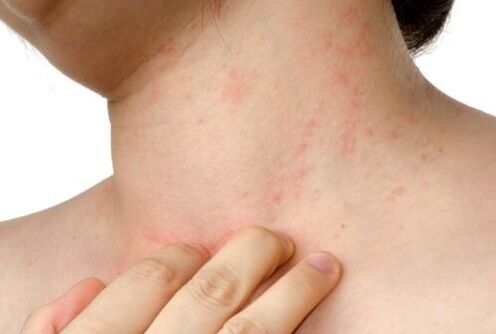
With a large amount of waste products thrown into the body, intoxication gradually begins to develop in a person, which is manifested primarily by characteristic urticaria on the skin. It delivers itching only in the initial stage. In the future, the patient will feel several removable seals, will face vision loss, will cope with acute fever.
As for the diagnosis, here the patient is examined by a specialist in contact with the clinic. With the naked eye you can see crawling worms under the skin, they are also perfectly visible when examining the eyes. By clarifying the course of the disease and the events preceding it, the specialist diagnoses and prescribes appropriate treatment.

Important!When traveling to hot countries, do not neglect vaccination, even if it is not required by visa control or health services.
Dracunculosis
The helminths from the presented group enter the body through the ingested contaminated water. It contains larvae that are generally impossible to detect. But the infection itself can be fatal to humans, as the larvae grow to a size of one meter. Such a helminth can be found in the stomach or penetrate the lungs, completely blocking a person's breathing. But this rarely happens, because in most cases this type of parasite will choose the lower extremities of a person.

Symptoms include:
- itching of the lower extremities;
- the formation of a characteristic roller on the legs or feet;
- various purulent skin lesions;
- peculiar bubbles, reaching at least 8 cm in diameter, which simply burst under the influence of water.
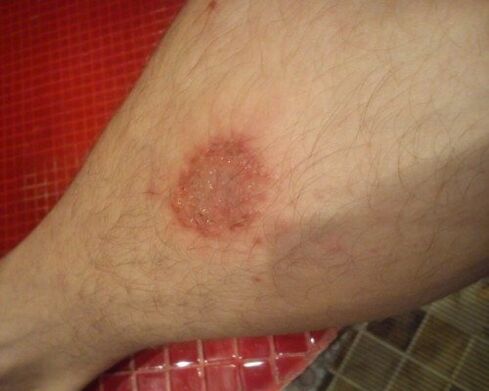
Pay special attention to what kind of water you drink, because it is easier to protect yourself and your loved ones from such an infection than to resort to treatment.
Scabies
All unpleasant scabies manifests itself only with itching, rarely on the skin you can find changes in the form of spots and redness. This is due to skin mites, whose infection occurs only when interacting with another carrier of the disease or in case of contact with items of clothing.
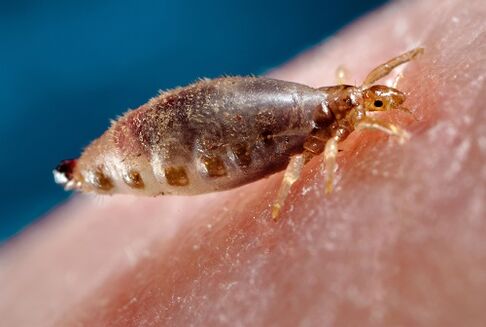
Ticks are small in size, not visible to the naked eye, but their activity in the body is quite extensive. In case of penetration into the skin, the parasites bite their passages in the deep layers of the epidermis - this provokes itching. During long walks of parasites on the skin passages begin to appear and if the surfaces are treated with iodine, you can notice a characteristic web of such passages.
Related characters include:
- bubbles form at the scratches;
- hands and joint surfaces are more affected.
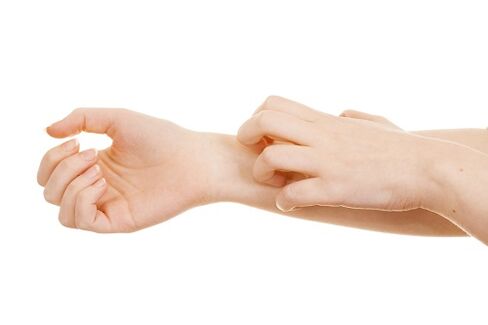
Important!Despite the rapid diagnosis by a specialist, treatment can take a long time, so it is better to listen to precautions against infection.
Demodectic mange
Of the many varieties of parasites, it is worth mentioning separately the lesions of ticks of the genus Demodex. Their distribution is localized mainly in the sebaceous glands of the face, which is presented in the form of characteristic acne. Externally, such reproduction seems very unattractive. Eyelash loss is also called lesions and symptoms.
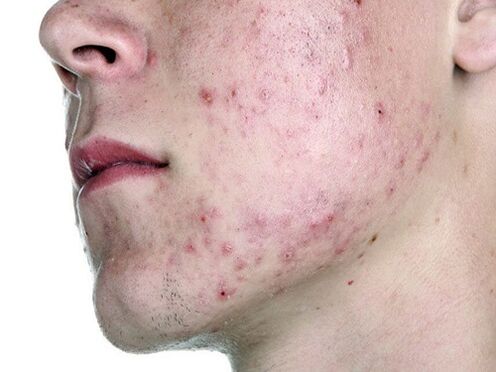
Diagnosis of such a lesion takes only a few minutes. The doctor simply examines the skin. But treatment can take several years, even if all the prescriptions of the specialist are followed exactly.
Diagnosis of subcutaneous pests
In most cases, the diagnosis of the affected skin is made directly in the office of a specialist, who on visual inspection can now determine the disease. But to accurately identify the cause and concomitant lesions of the internal organs, the patient is prescribed a comprehensive medical examination. First, it is necessary to clarify all the lesions, and secondly, in this way it is possible to find foci of accumulation of parasites (if any) and approximately determine their number.
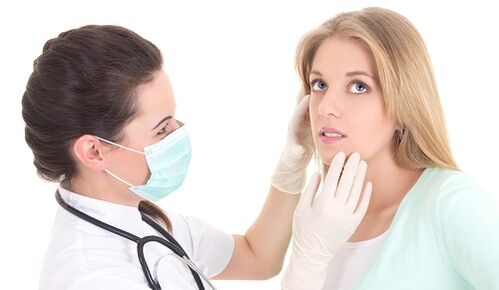
If you find unpleasant symptoms in the form of rash, itching and other changes, you should contact such specialists as:
- dermatologist;
- allergist;
- neurologist;
- medical psychologist;
- specialist in infectious diseases.
A comprehensive examination includes a visit to a neurologist and a medical psychologist, as itching and rash are often just a psychological disorder. But such visits are only due to the lack of an accurate diagnosis, which is not made after examination by a local doctor.
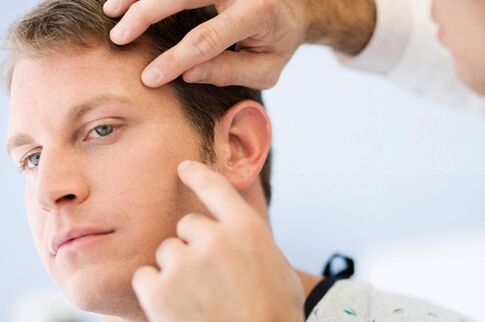
In identifying the type of disease, the patient's laboratory diagnosis is especially important, which will accurately show the presence of parasites under the skin or in the internal organs. Such a study includes two stages:
- Direct diagnosis of parasites - scraping or smearing the mucous membranes is used to study the changes. The direct method is used in case of obvious manifestation of the presence of parasites: redness of the skin, blisters, purulent acne.
- The second stage involves testing the blood for the presence of antigen-antibody complexes, which accurately determines the immune response to the fight against parasites in the human body. As a rule, the discarded elements of the vital activity of parasites almost completely kill the protective antibodies, as a result of which the weakened immunity of the organism is not able to overcome the invasion and activity of uninvited guests.
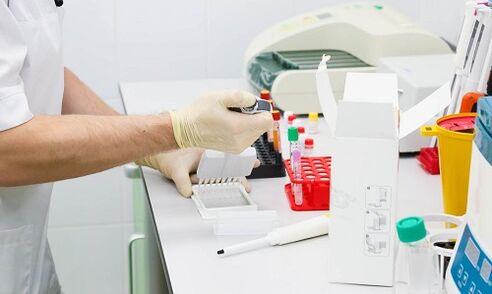
In order to prescribe treatment, it is necessary to accurately identify the type of parasite that has entered the human body. Here, along with scraping the skin or smearing the mucous membranes, hair, blood, nails, feces, the contents of the blisters on the skin and other important biological materials are often taken for analysis.
Treatment
It is impossible to say exactly about the treatment of parasites under the skin. Here their location, area and stage of the lesion play an important role.
Only the following techniques can be cited as general information:
- Subcutaneous mites should be removed with the help of drugs based on the elimination of all types of parasites in the body. Here, specialists often prescribe acaricides as well as antihistamines. As an external application, antibiotic ointments and gels, as well as vasoconstrictor drugs, for example an aqueous solution of adrenaline-resorcinol, act as an effective agent. The instructions for use and treatment regimen will be explained by the doctor depending on the stage of the lesion.
- Dracunculiasis is subject to surgery. Including all types of worms that have spread under a person's skin or have already struck the internal organs. The danger of such lesions lies in the spread of parasites in the internal organs, which often causes suffering to the brain. Therefore, the patient must undergo a complete comprehensive examination to determine the location of the worms.

The general principle of removing parasites from the body manifests itself in two ways - a conservative method and surgery. The use of alternative methods is not recommended in the case of treatment of subcutaneous parasites, as this will take a long time and the damage to the body can now be serious and have consequences for the patient's later life.
Prevention
Infection with parasites occurs through direct contact with a sick person or an infected area, in case of eating poor quality food or water. Leading positions among the causes of parasite infestation are violations of hygiene rules.
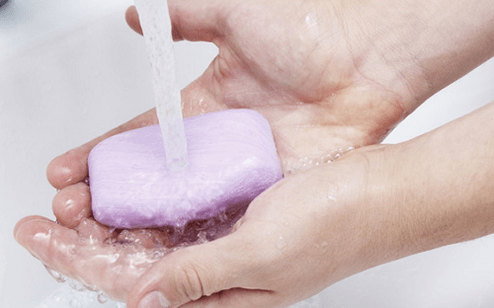
To protect yourself from the problems presented, you should:
- Wash your hands before eating, each time after contact with objects located in public places, and after using money.
- Do not try other people's things, because they can be infected with parasites whose larvae are on the skin and thus easily transmitted.
- Do not use other people's cosmetics. Lipsticks, mascaras, foreign soap and other objects can become the same carriers of parasite larvae.
- When eating fruits and vegetables, be sure to expose them to washing and other cleaning procedures from dirt and dust - among them there may be larvae of pests.
- In case of a wound or abrasion it is necessary to treat immediately to prevent infection.

Take care of your health and undergo mandatory vaccinations in case of an upcoming trip to tropical countries. Do not refuse there help and treatment of wounds, bites and other mechanical injuries to the skin. So you can protect yourself from visiting uninvited guests.



























